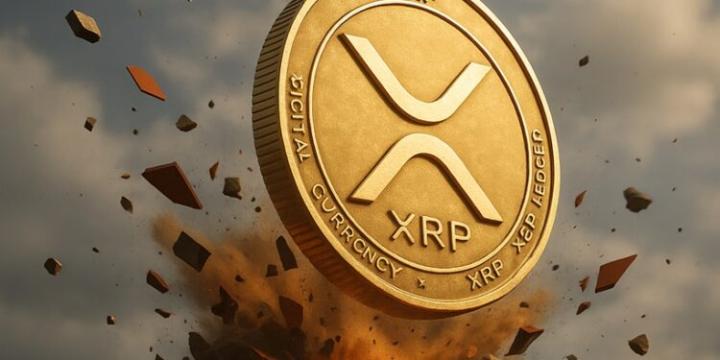Ripple and Blockchain Interoperability: Connecting Multiple Financial Networks
Posted by esther anolaa
Filed in Other 47 views
In the rapidly evolving digital economy, financial networks are no longer limited to borders or single systems. With multiple blockchains powering payments, assets, and decentralized applications, the ability to connect these diverse systems is becoming crucial. Ripple, backed by the efficiency of the XRP Ledger, is playing a vital role in promoting blockchain interoperability—ensuring smoother connections between financial networks worldwide. For investors keeping an eye on XRP price prediction, this growing interoperability signals Ripple’s expanding utility in global finance.
Why Interoperability Matters in Finance
Today, financial ecosystems are fragmented. Different banks, payment platforms, and blockchains often operate in silos, making cross-network transactions slow, costly, or even impossible. Interoperability—the ability of different systems to communicate seamlessly—offers a way to unify these networks. For cross-border payments, securities trading, or decentralized finance, the ability to settle transactions instantly across platforms can reshape how money moves globally.
Ripple’s vision directly addresses this issue. By building bridges between traditional banking infrastructure and blockchain networks, Ripple ensures that value moves as easily as information.
Ripple’s Role in Blockchain Interoperability
Ripple’s technology is designed to make global financial systems work together. Its On-Demand Liquidity (ODL) product already allows instant cross-border payments by leveraging XRP as a bridge asset. But Ripple is going further by promoting interoperability between blockchains.
The XRP Ledger, with its open-source architecture and speed, enables developers and institutions to integrate with multiple systems. By connecting legacy payment rails, digital assets, and even other blockchains, Ripple creates a truly borderless transaction environment. This innovation adds depth to discussions around XRP price prediction, as wider adoption often correlates with long-term value growth.
Key Benefits of Ripple’s Interoperability Efforts
-
Seamless Payments Across Borders – Ripple ensures money moves quickly and efficiently across different networks.
-
Reduced Costs – Eliminating the need for intermediaries and reducing friction leads to significant savings.
-
Liquidity Optimization – XRP acts as a bridge asset, making liquidity available where it’s needed most.
-
Future-Proofing Finance – By enabling systems to talk to each other, Ripple ensures that financial networks evolve without bottlenecks.
These advantages not only benefit global institutions but also drive broader interest in Ripple’s ecosystem, often influencing XRP price prediction conversations among market watchers.
Challenges to Achieving Full Interoperability
Despite Ripple’s progress, achieving full-scale interoperability remains a challenge. Different jurisdictions have varied regulations on blockchain and digital assets, slowing down widespread adoption. Moreover, legacy systems can be resistant to change, requiring time and investment to adapt to blockchain-based solutions.
However, Ripple’s consistent focus on partnerships and regulatory engagement positions it as a leader in bridging traditional and digital finance. As interoperability becomes more essential, Ripple’s influence is expected to grow stronger.
Conclusion
Ripple’s commitment to blockchain interoperability is paving the way for a connected global financial ecosystem. By linking banks, blockchains, and payment networks, Ripple ensures value flows freely and instantly, reshaping how transactions occur worldwide. For investors and analysts, the growing conversation around XRP price prediction is tied not only to market trends but also to Ripple’s increasing real-world utility.
As financial systems continue to evolve, Ripple’s role as a bridge-builder between networks may prove central to the future of digital finance.
